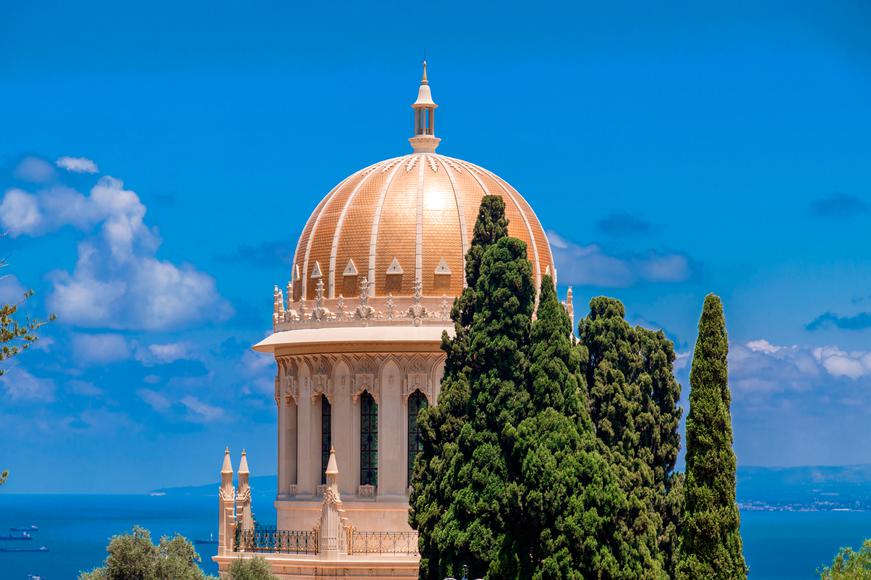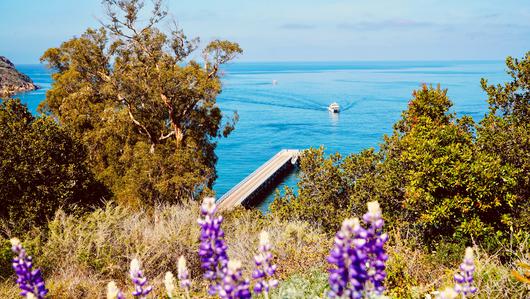Abdu’l-Baha’s journey in 1912 to the United States lasted for 239 days, from April to December. During his trip, he visited people of diverse classes, colors, and cultures, sharing the revolutionary teachings of the Baha’i Faith, such as the oneness of humanity, the , the truth of all religions, the agreement of science and religion, and the equality of women and men. While he was in California, he traveled to Berkeley, Inglewood, Los Angeles, Oakland, Palo Alto, Pasadena, Pleasanton, Sacramento, and San Francisco.
As Abdu’l-Baha spoke about the need for international peace and addressed the social and spiritual issues that needed to be remedied, throngs of people sought him out and reporters rushed to interview him for numerous publications, such as the Los Angeles Herald and the Sacramento Union newspaper. Headlines often celebrated and hailed him as the “Persian Peace Advocate” and the “Apostle of Universal Peace and Brotherhood.”
The Importance of the UN’s San Francisco Conference in 1945
Abdu’l-Baha said that the people of California are widely recognized for their peaceful nature and remarkable abilities, fostering a hope that the spirit of peace will continue to flourish among them. As this sentiment grows, it's envisioned that the entire community will become champions of this noble cause. It's crucial for leaders and influencers within this democratic society to actively support and promote the ideals of global harmony and understanding. From this foundation, the aspiration is for selfless goals and ideas to extend from this region to all corners of the world, marking a significant achievement in the annals of this nation's history. The ultimate dream is for California to be the birthplace of the first flag symbolizing international peace, setting a precedent for the rest of the world to follow.
Abdu’l-Baha shared his high hopes of Californians on October 26, 1912 to an audience in the Assembly Hall of the Hotel Sacramento on his last day in California. In his speech, he said that international peace is the “greatest need in the world today” and expressed how urgent it was for warfare to be abolished and nations and governments to unify. He explained that Europe is like “a storehouse of explosives” and “one spark will set the whole of Europe aflame.”
Less than two years later, his predictions of a global violent conflict became a reality when the First World War began after the assassination of Archduke Franz Ferdinand of Austria on June 28, 1914. Although Abdu’l-Baha did not live to see the “first flag of international peace” upraised in California, this prediction also came true with the San Francisco Conference in 1945.
After World War II ended on September 2, 1945, 850 delegates from fifty nations gathered in San Francisco between April 25 and June 26 to establish the United Nations. There, the Charter of the United Nations and the Statute of the International Court of Justice was adopted unanimously at the end of the San Francisco Conference on June 25 and was signed the following day.
In addition to the hundreds of delegates and thousands of news, press, and radio representatives, representatives of the Baha’i International Community were present at the signing of this charter and called for the recognition of the oneness of humanity at the founding of the UN. On October 24, 1945, which is now observed annually as United Nations Day, the United Nations was established.






